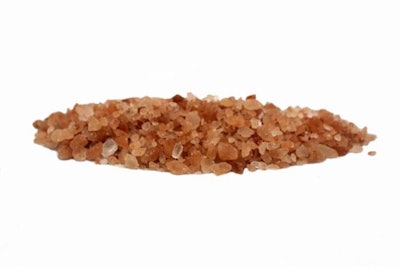
I am often asked how to reduce usage of trace minerals in feeds for pigs and poultry. It must be that paper I published from my M.Sc. thesis and several articles on the topic since then.
Given the relatively low cost of trace minerals, one is excused to wonder why anyone would bother reducing them? I can think of three reasons: cost (any savings is savings, after all); reduce wastage and excretion in manure (zinc and copper come to mind here); and logistics (why handle another ingredient such as a separate trace mineral premix?).
The situation is quite simple: in finishing broilers and pigs, body reserves of trace minerals are enough to take them through market age. To this, it must be noted that we normally design premixes without taking into account contributions from natural ingredients. Thus, pigs already receive some trace minerals even when the diets are not supplemented with them.
Plus, in diets with phytase, the availability of trace minerals in natural ingredients (like corn and soybean meal) is increased. This reduces the need for supplementation for some trace minerals, adding to the notion that finishing animals do not need extra supplementation. This is an area that deserves more attention. The same is true if diets contain organic trace minerals — this reduces their needs as they have been established based on total and not digestible levels, but this is another conversation.
As a general notice of caution, one needs to be careful not to create an unsuspected iodine and selenium deficiency. This may happen if the usual trace mineral premix is removed from diets based on cereals and oilseed protein sources grown on soils poor in these minerals, and especially selenium.
Young and breeding animals are best left undisturbed!

















